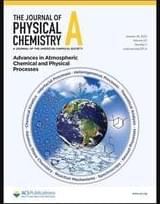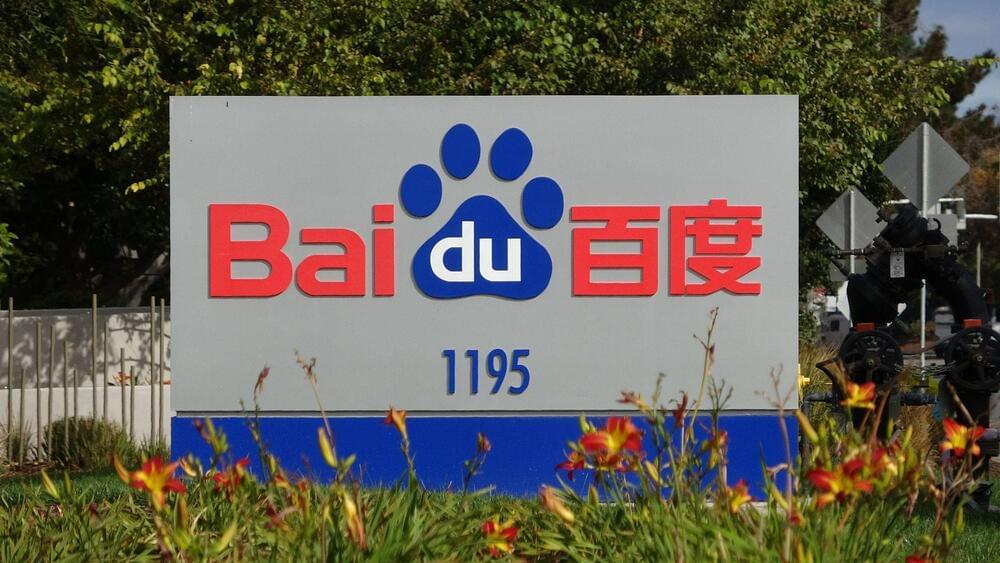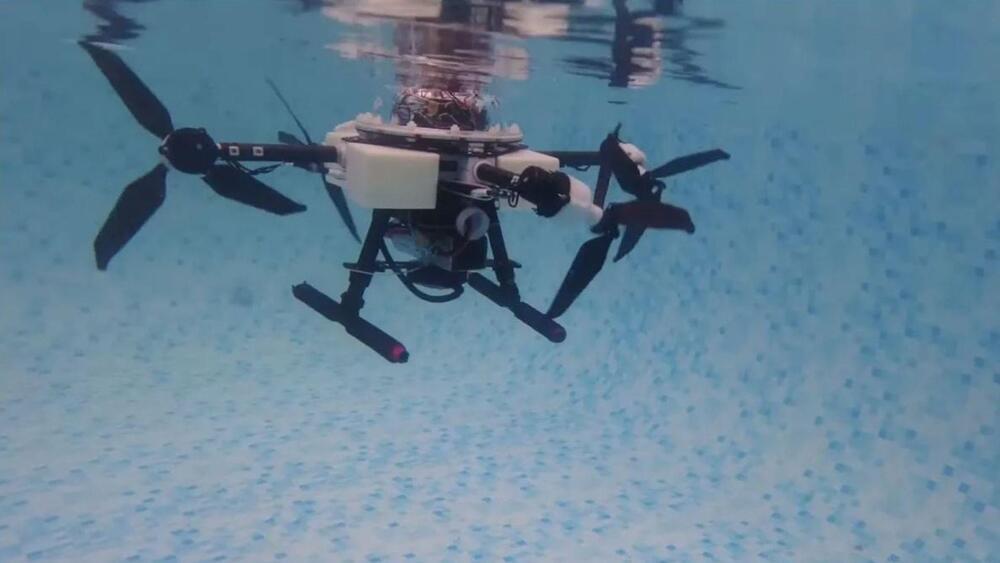Dubai’s crypto regulator plans to quadruple its headcount over the next few months to handle hundreds of license applications after drawing up new rules to attract industry players to the Middle Eastern financial hub.



Use words and images to generate new videos out of existing ones.
Realistically and consistently synthesize new videos by applying the composition and style of an image or text prompt to the structure of your source video. It’s like filming something new, without filming anything at all. No lights. No cameras. All action.
Request Access: https://bit.ly/3Hv6xgM
Phil Newman, Founder and CEO, Longevity. Technology at Rejuvenation Startup Summit 2022.
Connect to Forever Healthy:
* Videos: https://forever-healthy.org/videos/
* News: https://forever-healthy.org/news/
* LinkedIn: https://www.linkedin.com/company/forever-healthy-foundation/

Quantum simulations of the hydroxide anion and hydroxyl radical are reported, employing variational quantum algorithms for near-term quantum devices. The energy of each species is calculated along the dissociation curve, to obtain information about the stability of the molecular species being investigated. It is shown that simulations restricted to valence spaces incorrectly predict the hydroxyl radical to be more stable than the hydroxide anion. Inclusion of dynamical electron correlation from nonvalence orbitals is demonstrated, through the integration of the variational quantum eigensolver and quantum subspace expansion methods in the workflow of N-electron valence perturbation theory, and shown to correctly predict the hydroxide anion to be more stable than the hydroxyl radical, provided that basis sets with diffuse orbitals are also employed.


The ERNIE bot could be China’s most notable entry in the race to create lifelike AI bots.
One of the world’s biggest AI (artificial intelligence) and internet firms, Baidu, had its shares skyrocket more than 14 percent on Tuesday after the Beijing-based search engine titan announced it would launch its own ChatGPT-style service.
What is ERNIE?
Getty Images.
The company’s “ERNIE Bot” AI chatbot, also known as “Wenxin Yiyan” in Chinese, will complete internal testing and launch in March. Much excitement has developed towards what may be China’s most notable entry in the race to create lifelike AI bots.
It will produce three times more energy in winter months.
AlpinSolar, a joint venture between three Swiss companies, has successfully completed installing 5,000 solar panels on the Lake Muttsee Dam in Switzerland, Reuters.
Sun and snow generate more energy.
AlpinSolar.
With a project like AlpinSolar, the Swiss have just begun their large-scale transition from nuclear power to green energy, as planned in 2011. Interesting Engineering has previously reported how Switzerland built a massive ‘water battery’ to store its renewable energy.

With its state-of-the-art design, it provides endless possibilities for exploration and adventure!
A research team at the Chinese University in Hong Kong recently demonstrated that, despite giving off an aura of extraterrestrial technology to onlookers, it’s not out-of-this-world for objects to traverse between water and air in the blink of an eye.
Mirs-X-a revolutionary new quadcopter prototype.
Chinese University of Hong Kong.
This remarkable capability was highlighted by videos from various military branches showing Unidentified Aerial Phenomena performing such a feat.

Most of those at risk reside in just four countries.
15 million people are at risk of floods caused by glacial lakes, with more than half of those exposed living in just four countries, according to a press release.
Which countries are most vulnerable to glacial flooding?
Getty Images.
Critically, the most vulnerable regions are neither those with the most lakes nor those expanding most quickly. Instead, it’s the size of the population, how close people are to a glacial lake, and, most significantly, how well-prepared they are for a flood that determines how dangerous the somewhat overlooked natural hazard is.